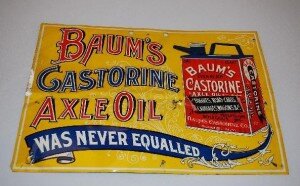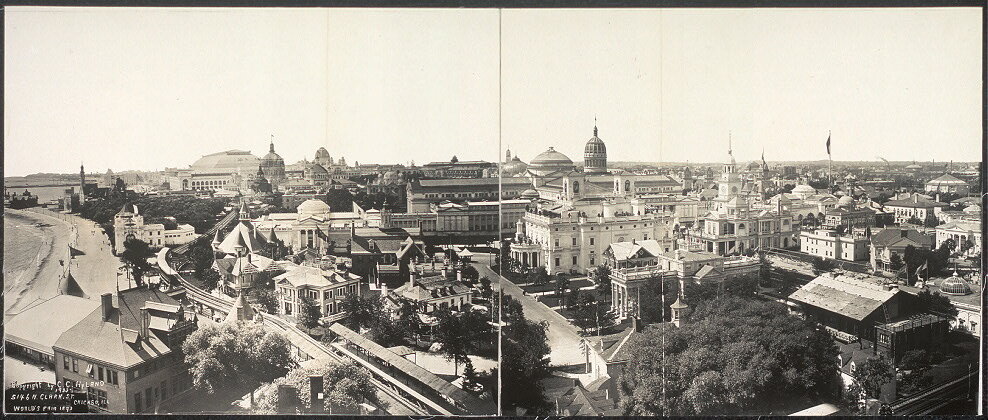FINDING OZ
How L. Frank Baum Discovered the Great American Story
FALL 2024 AUDIO EDITION:
Now on Audible & other formats from HarperAudio {link}
NEW IN SMITHSONIAN:
The Feminist Who Inspired the Witches of Oz {link to Dec. 2024 issue}.
PBS AMERICAN EXPERIENCE DOCUMENTARY:
Author Evan I. Schwartz appeared in AMERICAN OZ, which follows the life and inspirations of L. Frank Baum. Premiered April 19, 2021 {See trailers and clips}
























PRAISE for FINDING OZ:
“An appropriately speculative, wide-eyed biography of Baum.”
“An inspirational tale”
“Great fun.”
“An entertaining page turner.”
“Finding Oz is a guided tour to the discovery of that quintessentially American dreamscape, the Land of Oz, written with heart, brains, nerve—and a touch of magic.”
“Imagine learning about American history through the prism of America’s greatest fairytale. If you love amazing but true stories, you’ve got to read Finding Oz”
“As Schwartz informs us, Baum’s strange and essential gift was to see the outlines of myth within the machinery of the modern world.”
Excerpt from the Prologue
Then a strange thing happened…
- L. Frank Baum, The Wonderful Wizard of Oz
One day in 1898, an unusual sequence of images leaped from one man’s mind: A gray Kansas prairie. A lively girl with a brave little dog. A terrifying twister. A mystical land ruled by both good and bad witches. A colorful township of little people. A road of yellow bricks stretching through a dangerous frontier. A trio of comical characters who join the girl on her quest to a city of emerald controlled by a mysterious wizard. “The story really seemed to write itself,” the author told his publisher.
Baum relied on a favorite pencil as he put the tale to paper. By the fall of 1899, the pencil was just a stub. He fastened it into a frame and surrounded it with a caption: “With this pencil I wrote the ms.[manuscript] of The Emerald City.”
He sealed the frame and hung it on the wall above the desk in the den of his Chicago home. The novel’s name would have to be changed, as Baum soon found out.“The publisher believes that books with jewel names in their titles do not sell well,” he lamented.
Frank was 44 by the time the book hit stores in the year 1900, and this business of being an author of children’s stories was still new to him. By then he had failed at so many wildly different pursuits—as a breeder of chickens, as an actor in stage plays, as a purveyor of petroleum products, as an owner of a variety store, as a secretary for a baseball team, as a publisher of a newspaper, as a traveling salesman of fine china — that he might have simply given up on doing anything special with his life. If he had never experienced that one special moment that one day in 1898, he might even have gone on to succeed in his current full-time job—and gone down in history as the founder of the National Association of Window Trimmers of America. But the truth was, even that effort wasn’t going so well.
Yet it wasn’t in Frank Baum’s nature to get down on himself, and he became newly energized by each of his schemes, determined to “somehow manage to provide for those dependent on me.” He was a sunny man, tall and handsome with a graceful gait and a deep, resonant voice. Prone to flights of fancy, he was lucky to have a wife who kept him grounded. Her name was Maud, and as a college co-ed she had dropped out of Cornell to marry Frank, only to face years of struggle, constantly uprooting their home in search of a better situation. Together they raised four active sons, boys who demanded that their father tell them stories every evening, stories that seemed to give their lives a sense of constancy.
Rounding out the household was Maud’s mother, who lived with the Baums for months at a time. Even by the high standards of the world’s most menacing mothers-in-law, she set herself apart. Her name was Matilda Joslyn Gage, and she reigned as the most radical and principled leader of the women’s rights movement in America. Mrs. Gage railed against religious leaders and politicians for a living and was so controversial and so scary to some that she was deemed “an infidel,” her activities called “satanic.” She had warned her daughter that she’d be a “damn fool” to give up school to marry this man who showed little promise of holding a steady occupation — and for a long while she was right.
So Frank had to keep forging ahead, with the faith that something wonderful lurked beneath the surface of his failures, that something mystical swirled within the turbulence of his family, and something momentous stirred in America during this time of cyclonic change.
